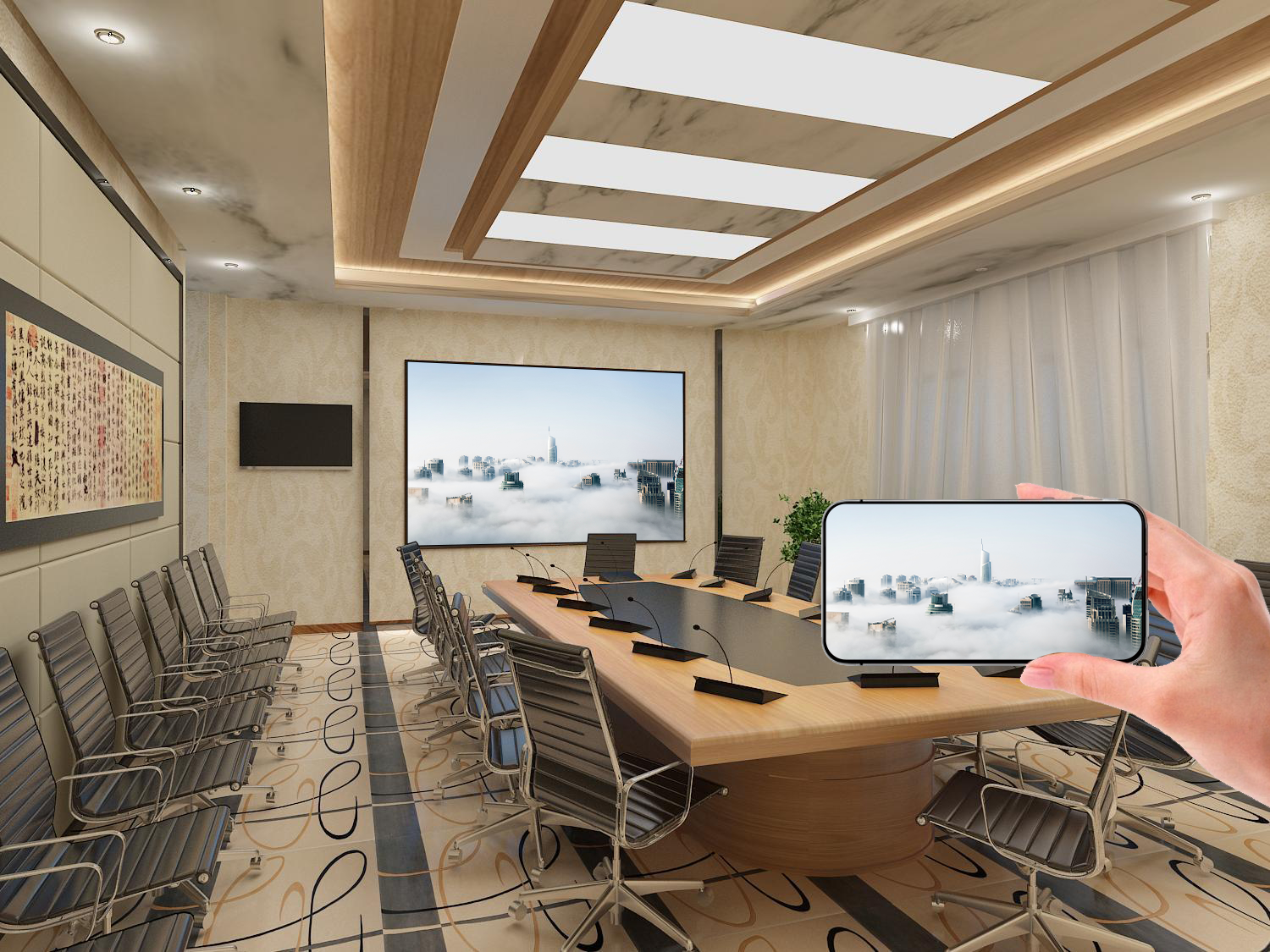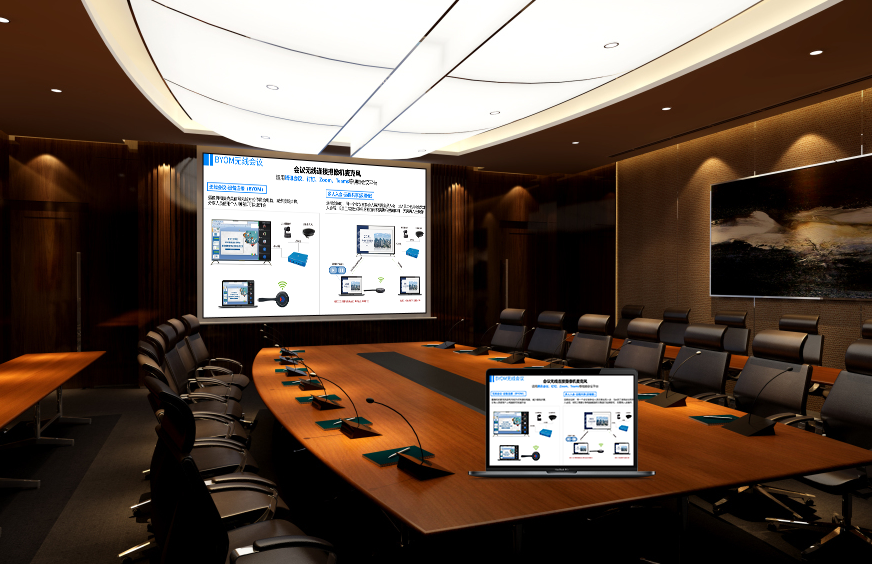Wireless Screen Mirroring: A Practical Solution for Universal Interconnection
Wireless screen mirroring frees you from tangled cables, using flexible connectivity as its core. With the technical support of relevant Bijie devices, it enables efficient content flow across multiple terminals, adapting to scenarios like office, education, and home.
Easy Cross-Terminal Interconnection
There’s no need for complex wiring or driver installation. Terminals like phones, computers, and tablets can connect simply by being near a device, with compatibility for all operating systems, including iOS, Android, Windows, and macOS. Whether you have a new flagship device or an older terminal you’ve been using for years, you can quickly pair via a QR code, NFC touch, or a built-in system mirroring function. The connection is completed in under 3 seconds, and up to 16 devices can be online at the same time without interfering with each other, easily accommodating multi-person collaboration scenarios.
High-Definition, Stable Transmission Guaranteed
Using dual-band Wi-Fi and dynamic anti-interference technology, it effectively avoids signal congestion, allowing for 4K 60fps high-definition transmission. The screen is free of lag and ghosting, and the colors are true to life. The audio and video are synchronized with a latency of less than 20ms. When playing an educational video, demonstrating a design proposal, or watching a movie at home, the sound and picture are precisely matched, preventing the experience from being affected by transmission problems. It can maintain a stable connection even in complex network environments.
Deep Adaptation for Multiple Scenarios
Office Scenarios
During a meeting, employees can mirror proposal documents and data reports from their computers or phones to a large conference screen at any time, with support for multiple people taking turns to switch mirrored content. Attendees’ annotations on the large screen can be synchronized to all terminals in real time. For remote meetings, mirrored content and the video feed are intelligently displayed in a split-screen view, allowing remote teams to view and participate in discussions, increasing decision-making efficiency by 40%.
Educational Scenarios
A teacher can mirror courseware and experimental videos to the main classroom screen with a single click, where the high-definition quality makes formulas and experimental details clear. Students’ answers and creative works submitted on their terminals can be mirrored for display quickly. During group discussions, each group’s content can be presented in a split-screen view, and the teacher can provide real-time commentary through the mirroring device, which significantly improves classroom interaction efficiency.
Home Scenarios
You can easily mirror movies, TV shows, and family photos from your phone to the TV for a more immersive large-screen viewing experience. When a child is watching an online class, mirroring can reduce the strain on their eyes from a small screen. Family members can also take turns sharing content without having to switch devices frequently. The operation is simple, and even the elderly and children can use it with ease.
Commercial Display Scenarios
A store can use wireless screen mirroring to play product promotional videos on a display screen in a loop, while sales staff can use a tablet to mirror supplementary information like product parameters and case studies in real time. At an exhibition, customers can ask questions or view detailed information by scanning a QR code with their phones. The increased interactivity effectively attracts customer attention and improves the possibility of conversion.
Wireless screen mirroring uses minimalist operations to break down multi-terminal barriers. With the support of relevant Bijie devices, it allows content to flow freely in various scenarios, providing efficient and stable interconnection support for different needs.